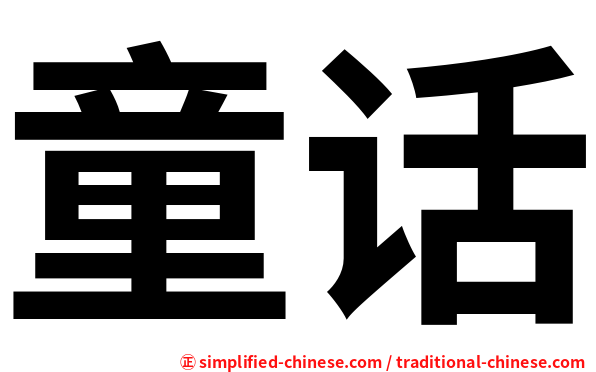
It is worth noting that chrysanthemums are one of the most commercially important ornamental flowers on Earth, and there genetically modified varieties primarily aimed at changing blossom colour or conferring disease resistance that have been developed for use in research settings. GMO Note - There is no genetically modified garland chrysanthemum/tong ho available at any commercial level in any country or in any experimental settings. It is also worth noting the difference between young and more mature leaves on the same plant (or from the same seeds) - very young or very small leaves tend to be mildly floral and slightly peppery, while larger/older leaves have a much more pronounced flavour. One variety in particular - the Taiwanese "Tiger Ear" is worth noting because it is renowned both for its distinctive flavour and for its ease of cultivation. So-called "intermediate" varieties can also be found, though the distinction is somewhat vague. Leaves tend to be a bit brighter in colour than the small leaf variety. The leaves are broader and not as deeply incised (in some cases rather round overall), somewhat resembling long oak leaves. Large or Round Leaf - this variety has long been popular in China. Leaves tend to be fairly dark green, thick and succulent. The leaves are serrated, deeply incised, and somewhat fern-like in appearance. This variety is especially popular in Japan. Small Leaf - the most commonly found variety, and the type show in the header images above. Availability may vary commercially, though both are commonly found in seed form for the eager home gardener. There are two prominent varieties of garland chrysanthemum. For example, Taiwanese and Fujianese night markets famously produce a very popular oyster omelette featuring garland chrysanthemum leaves. While these types of dishes are most common, there are some interesting examples of dishes that combine chrysanthemum leaves with less familiar partners. A wide variety of meats can be found alongside garland chrysanthemum in the aforementioned stews/hotpots/etc. It also works well alongside earthy ingredients like mushrooms and root vegetables. That being said, its ability to add flavour to stocks (etc.) makes it an excellent companion to tofu and mild vegetables.


bok choy, choy sum) primarily because its flavour is stronger and more distinctive. Pairing Notes - Garland chrysanthemum is not quite as versatile as some of the other Asian vegetables (e.g. Older leaves and stalks will have a more pronounced and more aggressive flavour, while very young greens are comparatively mild (to the point that they can even be used raw in salads and the like).īecause the unique flavour of garland chrysanthemum holds up well to cooking (even in broths and liquids) it is a very popular green in Asian hot pots and stews. The stalks and larger leaves are fairly textural, holding up well to cooking and retaining good flavour. While the flavour is distinctive and relatively strong, it is by no means overwhelming. This might sound a little meaningless unless you've had chrysanthemum teas or tisanes, but suffice it to say that the semi-floral flavour is much more distinctive than what you'd find in many mild salad greens. Braising tends to yield good results as well.įlavour Notes - The flavour of garland chrysanthemum greens can be a little difficult to describe - mainly because the best comparison is to say that they taste like a leafy green mixed with chrysanthemum. If the stalks and leaves are chopped separately, the stalks can be added to a wok/pan/pot first and cooked a little longer than the leaves.

Other methods can be used as well, though you may wish to take the different cooking times between the leaves and the more robust stalks into consideration. While a number of cooking methods can yield excellent results, garland chrysanthemum is most commonly blanched or included in stews and soups. Older, tougher leaves will need to be cooked longer and will impart a stronger flavour to a dish. Young, tender leaves will have a milder flavour and will require a shorting cooking time. When cooking garland chrysanthemum, you'll want to take the age and size of the leaves into account. That being said, very young, tender shoots are sometimes eaten raw or very lightly cooked. This flavour is tempered by cooking, and as such, the leaves are almost always cooked in some fashion. Using It - As garland chrysanthemum gets older, its flavour becomes more and more pronounced.


 0 kommentar(er)
0 kommentar(er)
